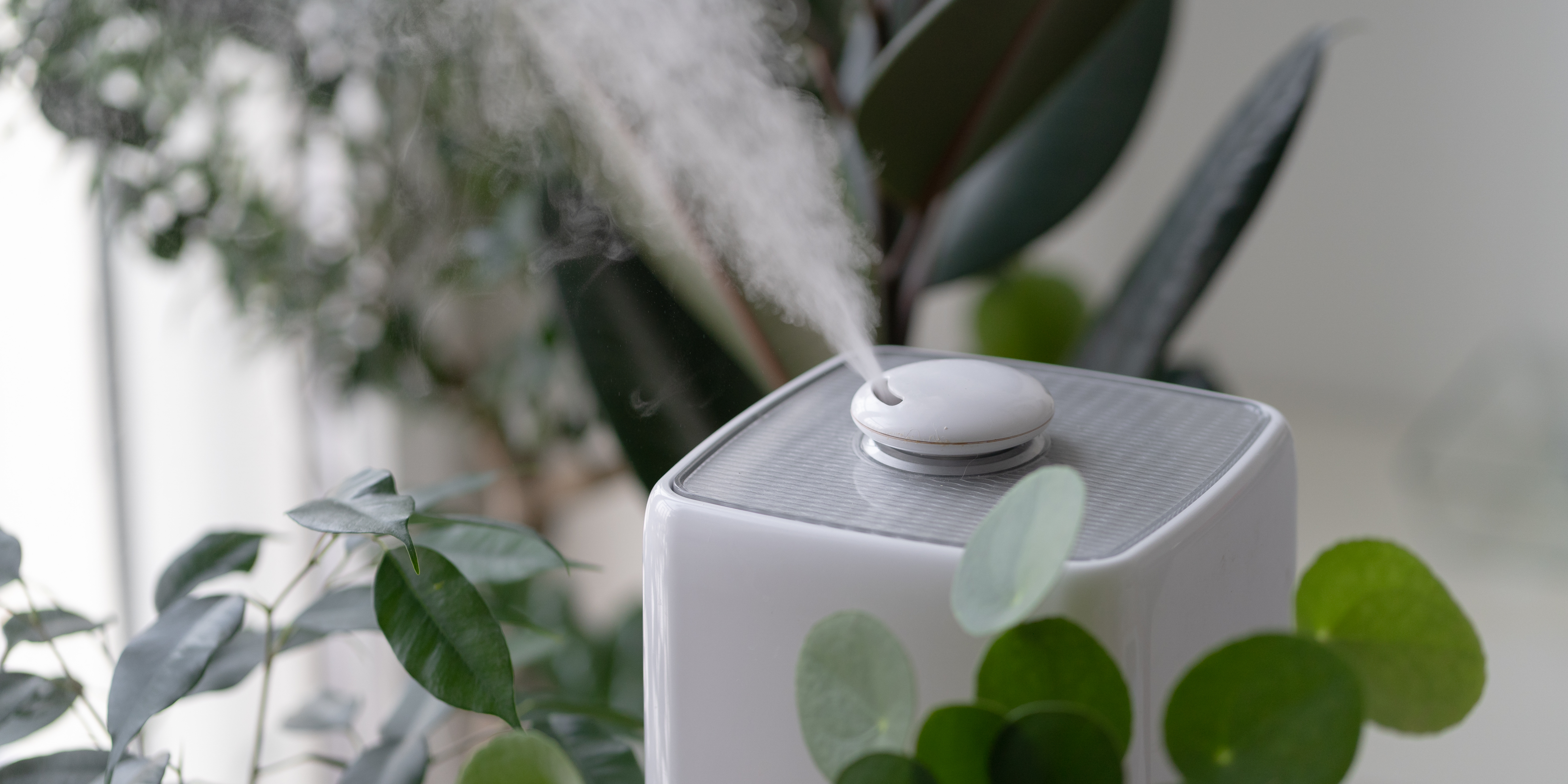Controlling the humidity level in the Tiny House
A comfortable home environment is very important, therefore, both in a larger house and in a Tiny House, appropriate care should be given to the level of air humidity.
If you notice any alarming signs of a drop in or excessively high humidity, you should implement reliable solutions.
Humidity can cause serious health problems, like asthma, allergies, and dry skin, but also damage to your property caused by rot, mold, cracked wood, and unpleasant odors.
Below you will find information on what to do to keep your home humid.
Most experts agree that the standard air humidity should be between 40-60%.
Our tiny houses are prepared to protect against weather conditions. A vapor barrier foil was used in their construction, they have adequate ventilation, and in versions with equipment, air conditioners are installed to remove excess heat and moisture from the room.
However, to make sure the air is suitable:
- Invest in an air humidity meter. This device costs pennies and is readily available in any electronics store, and will indicate whether the Tiny House needs air humidification or dehumidification.
- You can also choose to buy a humidifier / dehumidifier that will keep the air humidified.
- It is worth taking care of the circulation of fresh air in the house by opening windows and doors. Hang the laundry outside whenever possible, and also grow some plants such as ferns, orchids, room lilies and cacti, which are quite effective in removing moisture from the air. It is an inexpensive and natural way to reduce humidity and control energy consumption.
If you properly take care of indoor humidity levels, your life will surely get better.




